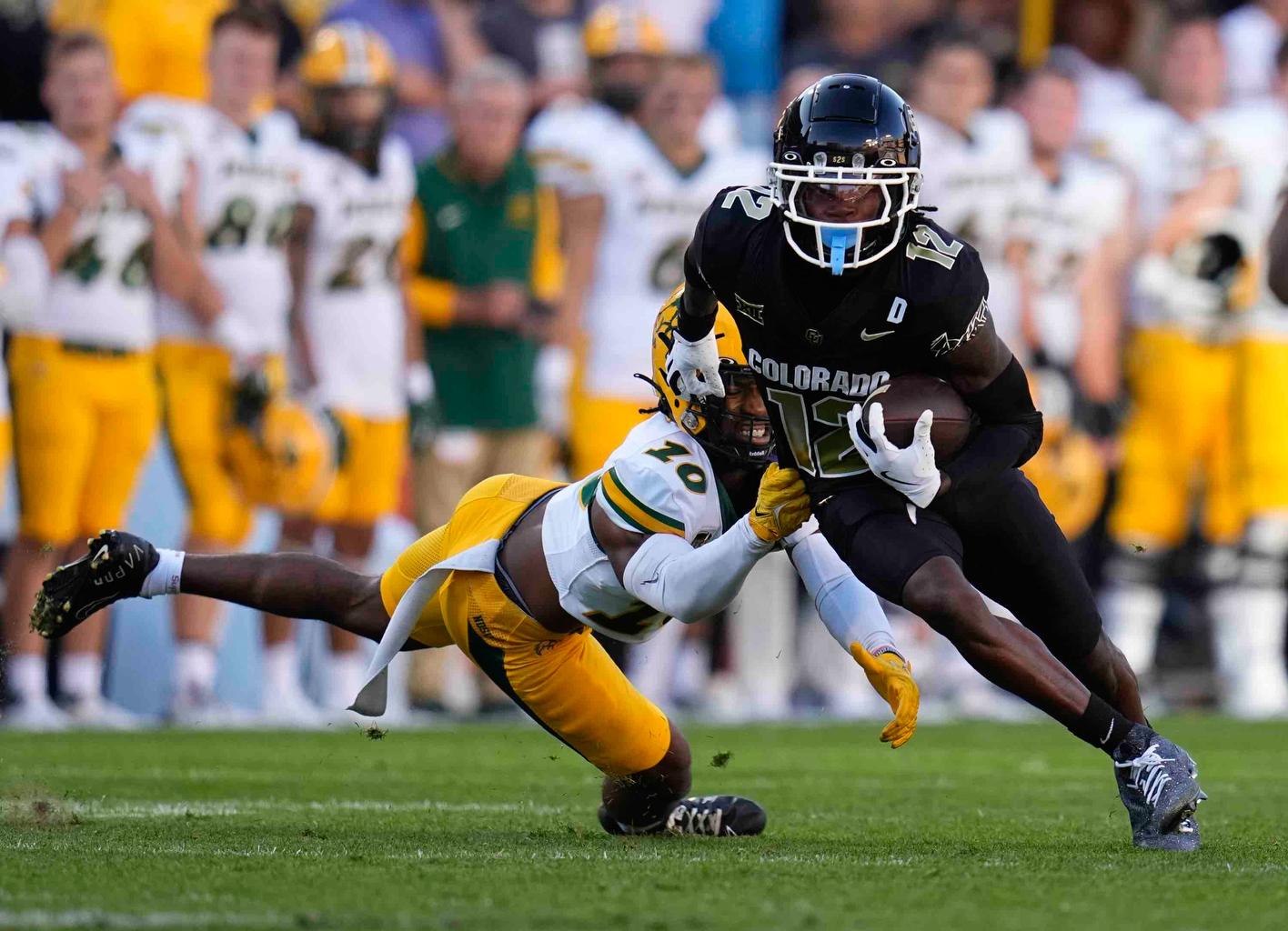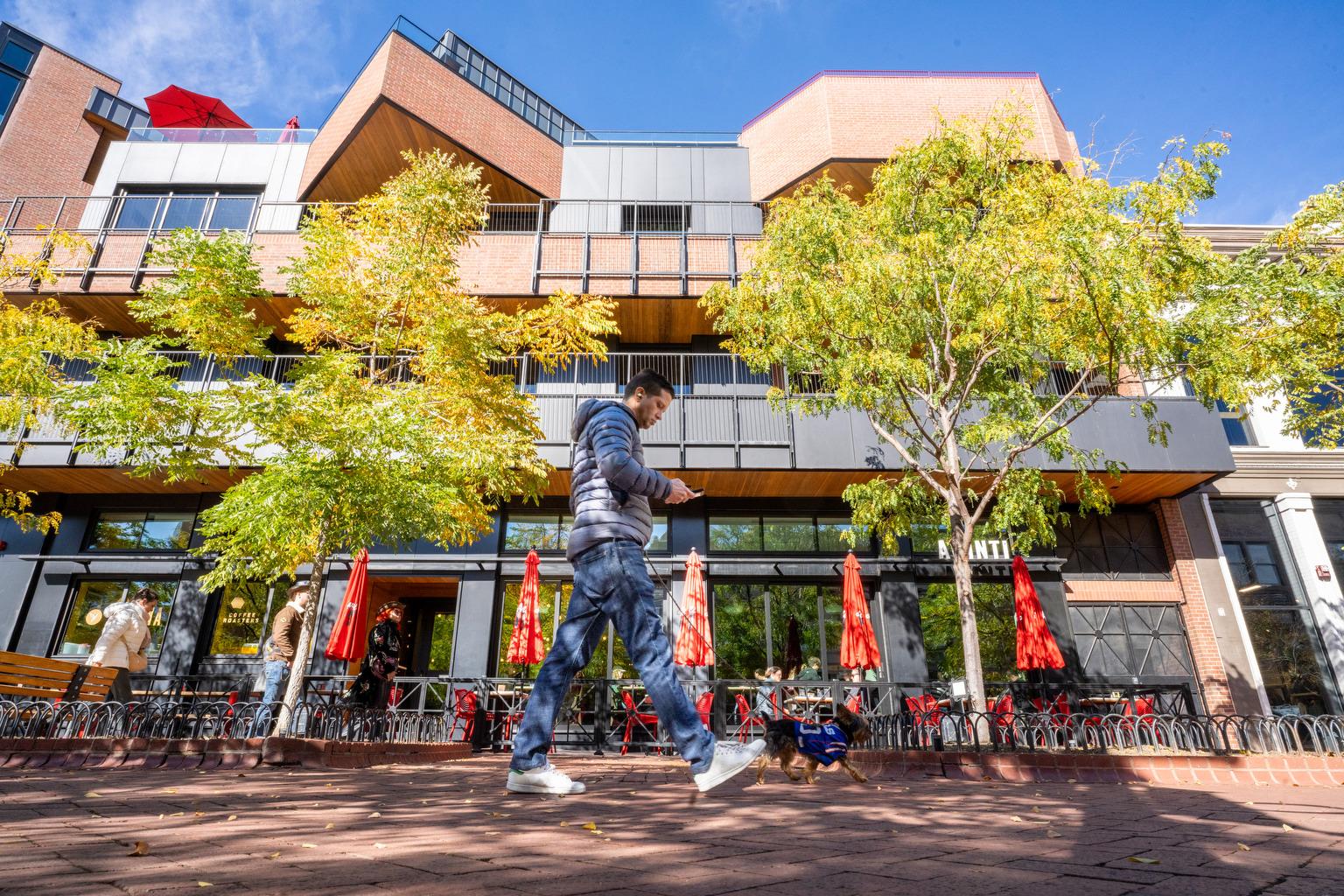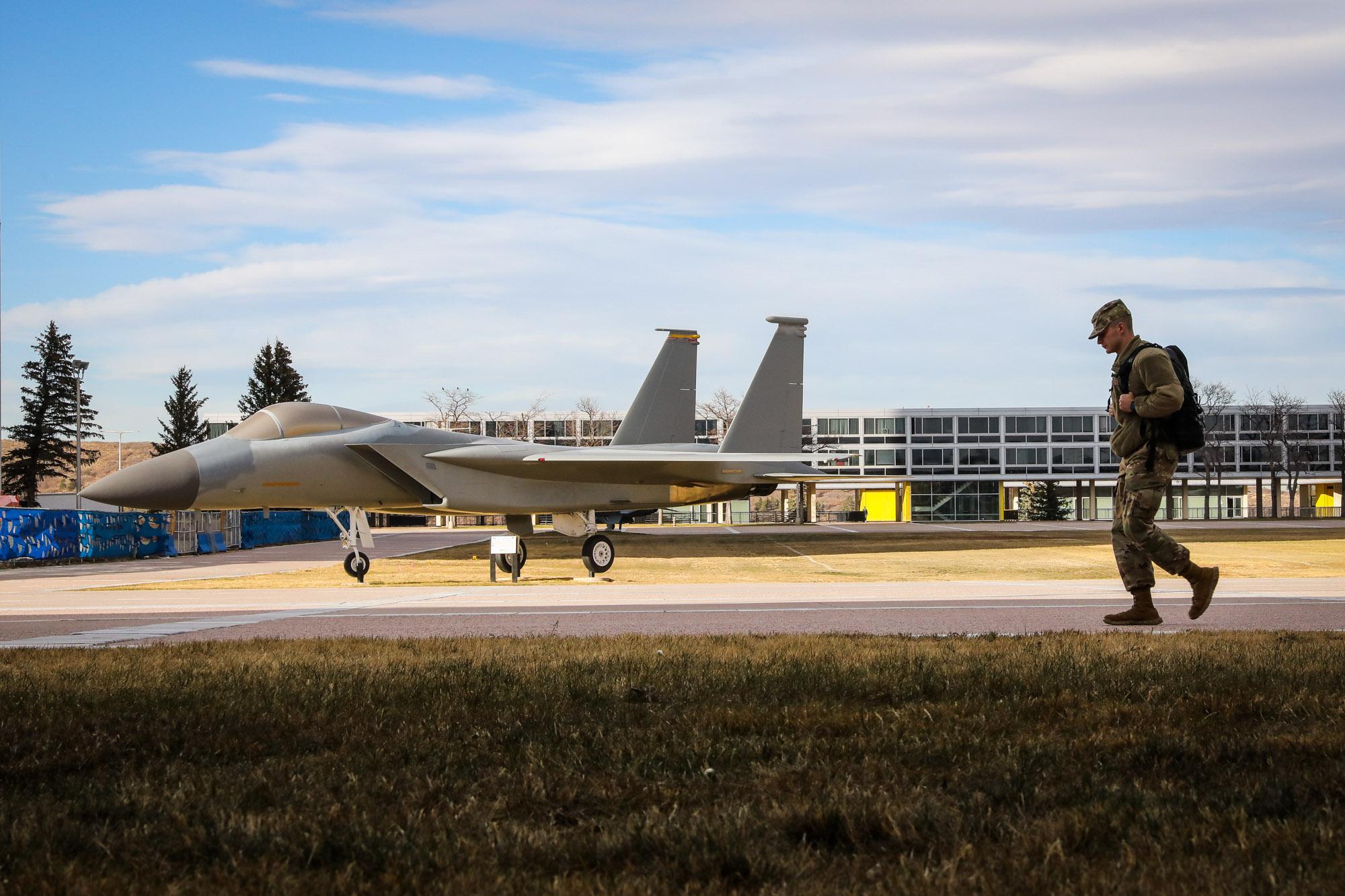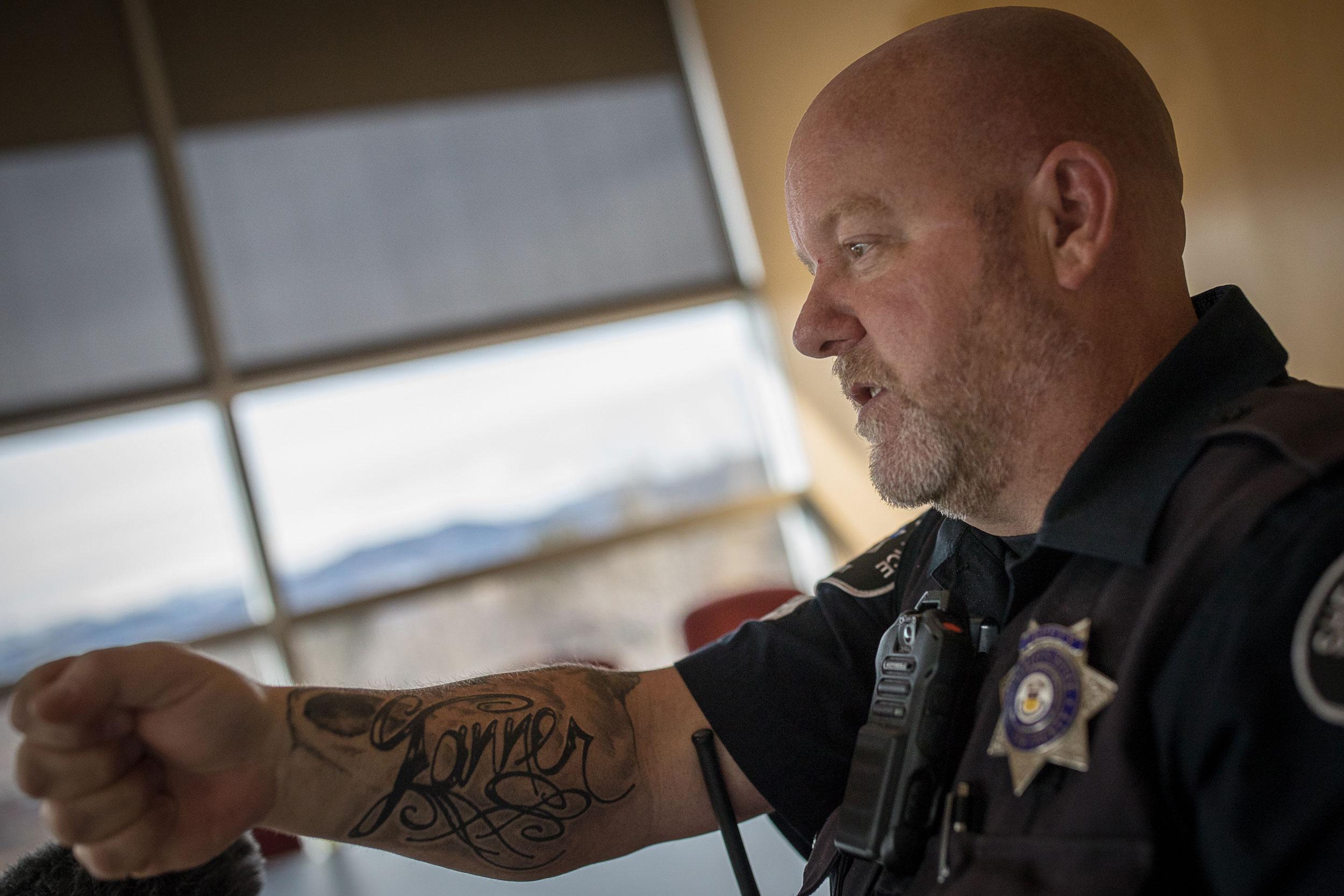
Sleep comes only fitfully for Boulder Sheriff’s Deputy Jeff Brunkow since he shot and killed Lue Vang.
“I knew I did the right thing,” Brunkow said, pausing, “but you always have a thought, is it going to be justified? Am I going to go to prison? Am I going to lose my house, am I going to lose everything I own because someone is going to sue me civilly?”
As Colorado’s number of law enforcement shootings has grown by 50 percent in the past six years, the focus is most frequently on those that are legally justified but of questionable necessity: The teen shot in a stolen car while slowly trying to drive away, the suspected robber shot in the back while running, the addict shot more than 20 times.
But often lost in those closely scrutinized events are stories like Brunkow’s — who almost certainly saved two innocent lives as he took another with a rifle shot from 40 yards away through a space smaller than the lid from a can of soup.
Vang’s wife left him in April 2015. Angry, he bought a gun and went to her parents’ house, demanding they help him get the couple’s car. The woman’s father and brother agreed to go with Vang to the DMV to switch over the car title. When they were done and back in the car, Vang brandished a gun and started driving west. He told them they were going to die.
Vang’s father in law, William Lor, started calling 911 and hanging up from the front seat. Dispatchers pinged the phone and figured out they were driving toward the Doudy Draw trailhead in Boulder County.
Vang was increasingly angry when he discovered his father-in-law had called the police.
- Meth, Guns And Aggressive Tactics Are A Deadly Mix That Drives Police Shootings In Colorado
- Calls For Training, More Transparency Follow Investigation
- Explore Our Shooting Database By Law Enforcement Agency
- Meth Makes Suspects Harder To Non-Lethally Take Down, So Many End Up Dead In Colorado
- When Police Make The Decision To Shoot: 'You Can’t Even Imagine How Horrifying It Can Be'
- There's No Simple Solution, But Efforts To Reduce Shootings Can Clearly Save Lives
- Northglenn Agrees To Nearly $9M Settlement In 2017 Officer Shooting
- Keep Track Of 2020's Police Shootings
Hearing the radio traffic, Deputy Brunkow could tell he was heading to a volatile scene. He arrived at the trailhead with almost no time to spare. He watched as Vang moved from the driver’s seat to the backseat and waved a .357-caliber revolver at deputies as they arrived.
“I’m not going out like this,” Vang shouted. Then he pointed the gun at his father in law.
“My thought was, ‘please don’t’ … No one wants to go through this in his career,” Brunkow said. “But he pointed the gun to the back of someone’s head.”
Using a powerful rifle scope he had just been issued, Brunkow peered through the glass and took a single shot from 40 yards away.
Vang died. His two hostages lived.
CPR News reviewed more than 300 charging decisions made by prosecutors in every officer shooting in Colorado over six years.
The vast majority are harrowing, even heroic, situations. Officers encounter scenes that sometimes rival war zones — with suicidal, homicidal, drunk or high people often armed and dangerous. Those people are threatening themselves, the cops, their family or sometimes the entire community.
Troopers have been fired on before they can get out of their cruisers. Deputies have been attacked with both ends of rifles. Officers have faced everything from shards of glass to hammers, knives, guns, fists and speeding cars.
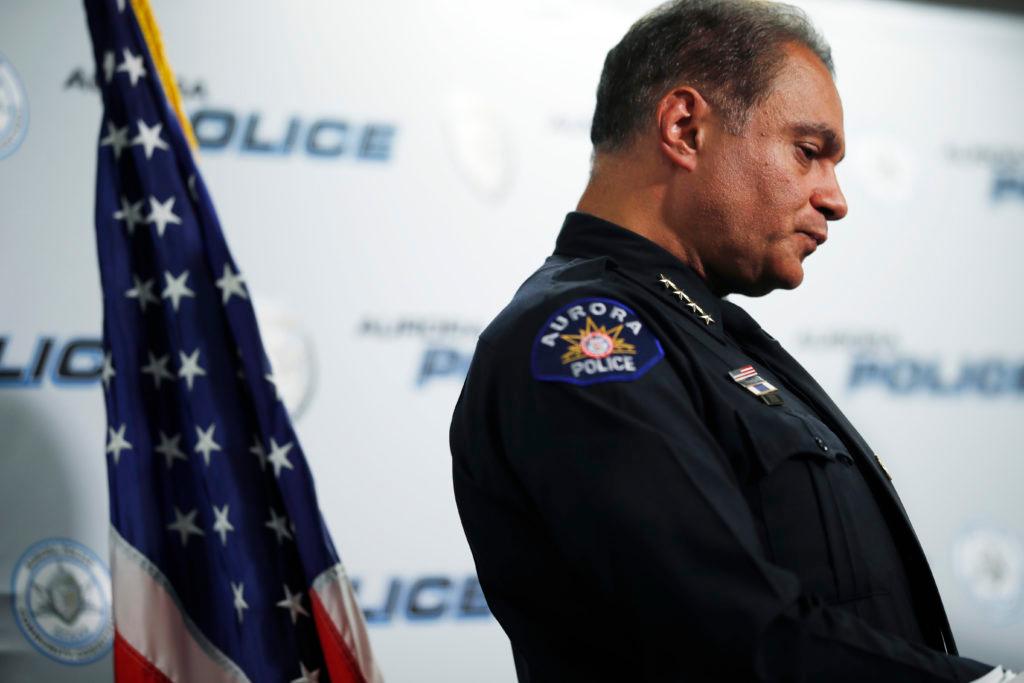
“Cops are supposed to be rocks,” even when under dire circumstances, said Nick Metz, former Aurora Police chief, who now helps run a center with his wife on dealing with police trauma. “Until somebody is in a position where they have to make a split-second decision about their own safety and the safety of others and they have to use deadly force … That is really a daunting decision and a daunting task. It’s not something they just shake off and go back to work the next day.”
It’s estimated that about 1 in 6 officers suffers from Post Traumatic Stress Disorder symptoms, but experts admit they don’t know the full extent of the problem.
“Such exposure can impair the mental well-being of officers and affect their ability to perform duties to the public,” wrote John Violanti, a research professor at the University at Buffalo, and a retired New York State Police trooper. Violanti’s research has found that officers are at greater risk for chronic health problems and suicide than the general population.
Over the past six years, Colorado law enforcement officers have shot an average of a person a week in the state.
The number of fatal officer-involved shootings has almost doubled since 2014 — a surge CPR News found is closely related to increased use of methamphetamine and illegal possession of guns in Colorado.
Often untold however is how these incidents emotionally affect those in the trenches — in patrol units and SWAT teams at sheriffs’ offices, police departments and other agencies across the state.
“You can’t even imagine how horrifying it can be,” said Aurora Police Sgt. Dale Leonard, who has been involved in two shootings, as well as being a first responder to the Aurora theater mass shooting. “Everything you’ve ever thought of in a bad movie and I’m watching it.”
Though all agencies CPR reviewed provide some counseling to cops involved in shooting incidents, those supports and required time-off policies vary depending on the agency.
Several large departments report increases in assaults on cops — including in Denver, Westminster and Aurora. Forty-six times in the 309 shootings in six years, at least one officer was injured or killed during the incident.
During a five-week span from the last day of 2017 through the start of 2018, three officers were killed in Colorado.
“You can imagine officers are leaving their home every day thinking a little differently knowing that three of their brothers were killed in the line of duty all by guns. That had to have an impact,” said Dave Young, 17th Judicial District Attorney, covering Adams and Broomfield counties.
In Denver, cops were shot at seven times in 2019 before they returned fire, according to the Denver Polic Department.
“Officers have the gear that they need, the training they need, the support they need,” said Denver Police Chief Paul Pazen. “But the thing I can’t control is when seven people decide it’s OK to shoot at police officers.”
Sometimes those incidents can catch even the most veteran street cops off guard.
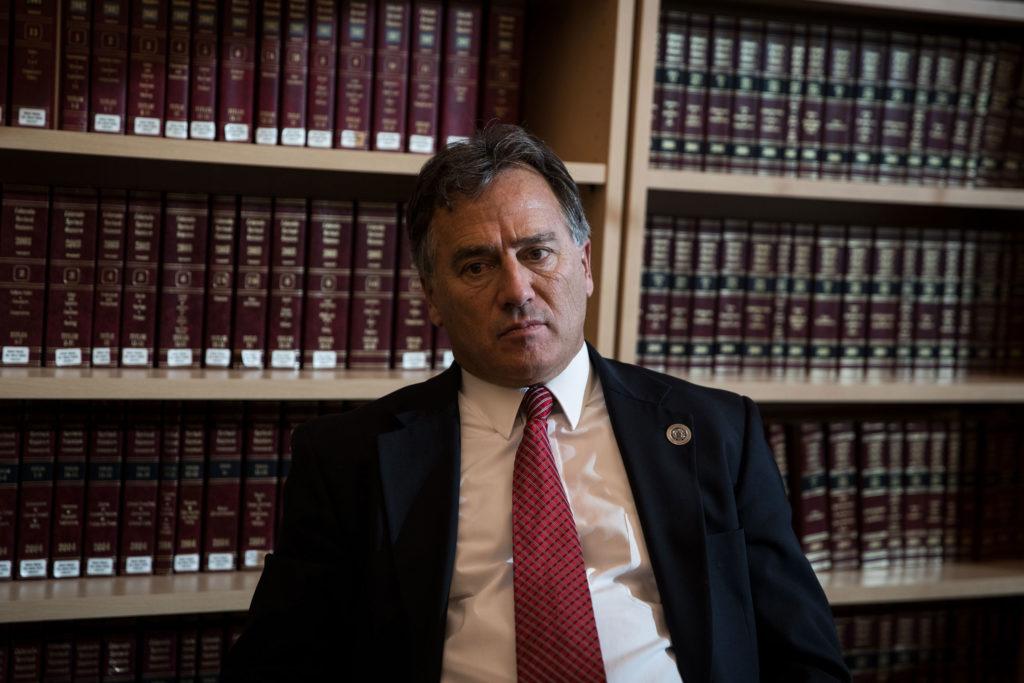
Leonard joined the police force as a second career. He had a gun pulled on him once when he owned a restaurant in Albuquerque, New Mexico. Since becoming an officer, he had regularly encountered people with weapons in countless arrests and traffic stops.
But nothing prepared him for Nov. 14, 2014.
It was a slow night and Leonard and his patrol partner Ryan Burns planned a Chipotle run. A white Volkswagen was driving erratically and Leonard suspected a drunk driver. He pulled up behind the car and turned on his lights. The car took off.
“I figured he was gone,” Leonard said, noting they don’t typically chase cars for traffic violations. “I don’t know the license plate, I don’t know anything.”
Leonard and Burns pulled around the corner and saw the car, still running, but parked in the middle of the street. The two had worked together for so many years, traffic stops had become rote.
“We don’t even have to talk, we just know whatever one guy did, the other guy did the opposite,” Leonard said.
Burns stepped out first and went up to the driver’s side window. Leonard held back and called in the license plate. As he was doing that, he saw a gun come out of the side of the car.
“Shots fired! Shots fired!” Leonard yelled, right before unloading nine rounds into the Volkswagen, including a bullet that lodged in the headrest. The shooter, Jahvell Forrest, crouched down and was uninjured. He sped away.
Burns was shot in the femoral artery of his leg. His screams of pain can be heard in the dispatch tapes. He almost bled to death, but Leonard tended to him right away, and he survived and eventually returned to work.
A few days later, authorities caught up to Forrest, who is now serving 30 years in state prison for the shooting.
Forrest’s parents told CPR News that he was “beyond remorseful.”
“He wishes he could go back and change it,” said Dane Washington, Forrest’s step-father. “Because that’s not who he was.”
Colorado agencies are inconsistent about how they support officers following shooting incidents.
The International Association of Chiefs of Police recommends officers not return to duty “immediately” after a shooting. But some small departments are stressed to provide officers with even a few days off, while larger departments can afford to give an officer a month or more.
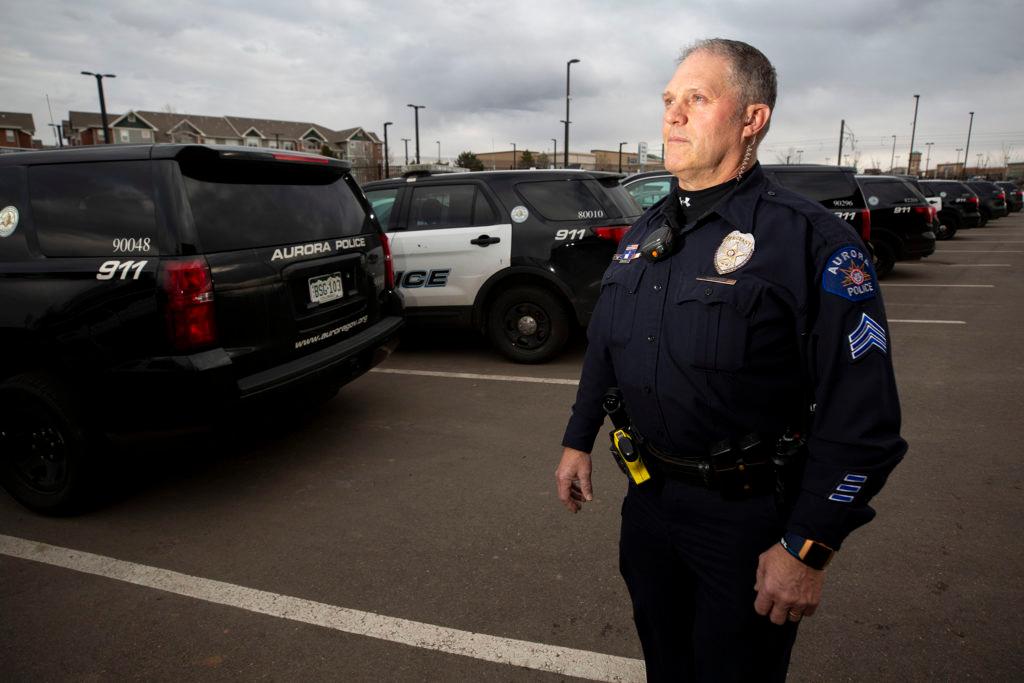
Sgt. Leonard returned to the force within 10 days of the 2014 shooting. It was before Aurora instituted longer requirements for time off after a shooting.
“Was I well? Was I OK?” he said. “I had no business coming back that soon.”
It was three months before he could even drive by 17th Avenue and Fulton Street in Aurora. It was a full year before he could get out of the car and stand in the location where Burns was shot.
“My heart races even to this day,” Leonard said.
A year later, Leonard was on patrol and was called to a house on a domestic incident where he found a man stabbing his girlfriend to death outside in a snowstorm. Leonard shot and killed 51-year-old Efrain Villanueva. The woman had 28 stab wounds and later died.
“I was glad I killed him,” Leonard said. “He needed to die.”
Though authorities deemed both shootings legally justified, the Villanueva shooting brought flashbacks to what happened to Leonard and Burns the year before on patrol. He was given a month off as officers investigated what happened. Leonard said he needed the full period to clear his head.
Even now, four years after his last shooting, Leonard said he’s emotionally up and down. His last year on patrol was the hardest he’s ever been through.
Sometimes, Leonard said, a desk job sounds better.
“It’s not live, in your face, “ he said, “and raw and terrible and terrifying.”

